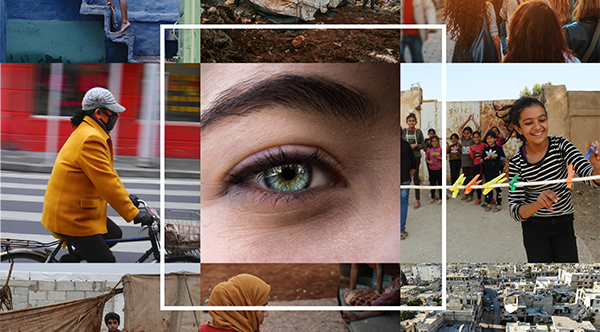Tag: Mami Mizutori
-

An update from Mami Mizutori, UN Secretary-General’s Special Representative for Disaster Risk Reduction — 4 December 2020
In the newsletter circulated by United Nations Office for Disaster Risk Reduction (UNDRR), UN Secretary-General’s Special Representative for Disaster Risk Reduction Mami Mizutori reflects on the achievements made by different partner nations towards building disaster resilience and the global actions that need to be undertaken in line with Target E of Sendai Framework. The Secretary-General expressed it…
-

An update from Mami Mizutori, UN Secretary-General’s Special Representative for Disaster Risk Reduction — 13 July 2020
In the newsletter circulated by United Nations Office for Disaster Risk Reduction (UNDRR), UN Secretary-General’s Special Representative for Disaster Risk Reduction Mami Mizutori writes about the lessons brought about by the COVID crisis: with good governance being at the heart of disaster resilience and the need for better recovery strategies that are climate-conscious and environmentally sustainable. I…
-

Opinion: Disaster-prone Asia must not cut corners on critical infrastructure
By Mami Mizutori Special Representative of the Secretary-General for Disaster Risk Reduction United Nations Office for Disaster Risk Reduction (UNISDR) Much of the success in reducing mortality from disasters across Asia and the Pacific, particularly in the case of storms and floods, is due to improvements in early warning systems, weather forecasts and timely evacuations.…
-

10 reasons businesses need to build resilience to disasters
By Mami Mizutori Special Representative of the Secretary-General for Disaster Risk Reduction United Nations Office for Disaster Risk Reduction (UNISDR) This article is part of the World Economic Forum on ASEAN Extreme weather events were seen as the most prominent risk in the World Economic Forum’s 2018 Global Risks Report. Whether it’s the threat of…